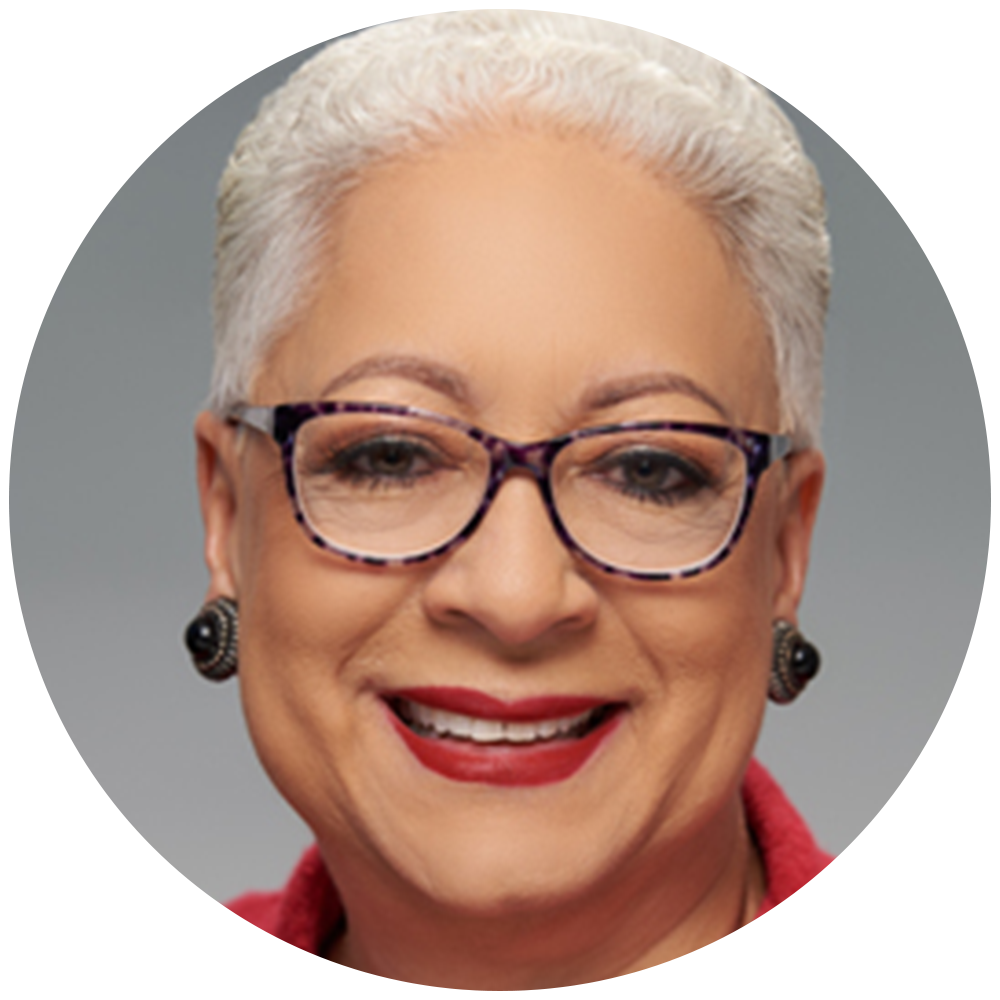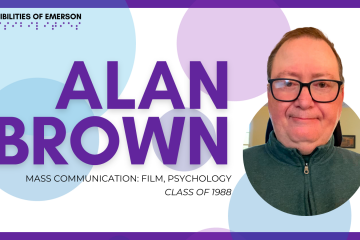Tina Smith is a learning and development leader with over 12 years’ experience in developing, administering, and implementing company training programs. She has written company orientation manuals, procedures, and presentations and has presented seminars. She has also trained and supervised new employees, created and conducted employee courses, and recruited and developed trainers to provide intra-departmental training. She is an expert in improving performance through strategic assessment by determining best methods of training to meet business needs (e.g., eLearning, classroom, mentoring programs), all with an emphasis on adult principles of learning. You can learn more about Tina on Emerson’s Alumni Board Members webpage.

We recently connected with Tina to learn more about her work in the field and to share some of her advice for students.
Tell us a little about your work.
“I am a Cultural Facilitator. What I do is work with clients who want to make their work places more inclusive. The Harvard Business Review, McKinsey and other reputable organizations have been tracking “diversity training” and it does not work. In some cases it actually makes things worse.
What I have found is having “facilitated conversations” with individuals or groups is so much more impactful. This sets up spaces where people can have dialogue and can self-examine what they think and believe. By asking appropriate questions without judgement – very powerful way to get people to come to their own conclusions about whether they want to maintain the beliefs they have or if they want to change them.”
How did your experiences as an Emerson student help prepare you for work in diversity and inclusion?
“Surrounded by creativity is one of the huge benefits of having been at Emerson. When I say creativity I specifically mean looking at situations and people from so many different perspectives. That plays out prominently in the work that I do now. Another benefit of being at Emerson was learning to be comfortable with the uncomfortable or the unexpected. Things were always changing at Emerson and it taught me to be resilient, patient, and curious.”
What advice would you give students who are concerned about finding the most inclusive employers?
“Great question: I would do my research: Glassdoor, other employees who currently or formerly worked at potential company. I would be thoughtful in preparing questions if afforded the opportunity to have an interview. Not too many, but certainly around what their company goals are. If they do not mention diversity & inclusion as a strategic goal, I might be a little concerned. The best companies know that work needs to be done in this area and are embedding their company goals into their strategic plans.”
Heading into 2021, while we don’t have a crystal ball, where do you see the future of this work?
“Absolutely, it will continue. People of all races, genders, non-gendered, trans, sexual identity and orientations, able bodied and differently abled, veterans, etc. are demanding different work places. Clients are interviewing companies and asking, “What are the demographics of your Board and Leadership team?”
Vendors and employees are asking the same question. This is not going away any time soon. The work will continue.
I believe it will also help that the new US Administration will set a different tone. I am optimistic about the future and especially about the future of this work.”
Want to learn more about DEI and Cultural Competency?



